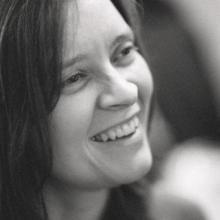Deep tech is used to describe technologies that are evolving at the hardware level to support, refine, or extend the capabilities of our familiar system software stacks, and have the potential to revolutionize industries or create new ones. This track will explore the latest trends in deep tech, including artificial intelligence, machine learning, big data, IoT/Edge, security, quantum computing, and more. Speakers will discuss the challenges and opportunities of these technologies, and how they are being used to solve real-world problems.
From this track
Rethinking Connectivity at the Edge: Scaling Fleets of Low-Powered Devices Using NATS.io
Wednesday Oct 4 / 10:35AM PDT
Building distributed systems is hard. Today’s organizations demand their applications be as flexible and resilient as possible.

Jeremy Saenz
Senior Software Engineer @Synadia Working on NATS.io, Author of Martini, Negroni, Inject & CLI, Previously CPO @Kajabi
Building Robust and Scalable Intelligent Writing Assistants: Challenges and Opportunities Leveraging GenAI
Wednesday Oct 4 / 11:45AM PDT
Text revision is a complex, iterative process.
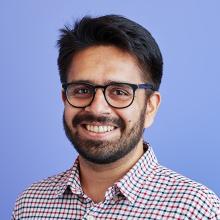
Vipul Raheja
Applied Research Scientist @Grammarly Working on Robust and Scalable Intelligent Writing Assistants
Building a Rack-Scale Computer with P4 at the Core: Challenges, Solutions, and Practices in Engineering Systems on Programmable Network Processors
Wednesday Oct 4 / 01:35PM PDT
This talk will present challenges, solutions, and engineering practices around building distributed systems on top of programmable network hardware through the lens of building the Oxide rack-scale computer.
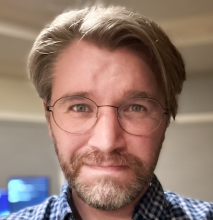
Ryan Goodfellow
Engineer @Oxide, Working Group Member @P4Lang, Open Source Developer on @illumos
Automating Bare Metal to Improve Your Quality of Life
Wednesday Oct 4 / 02:45PM PDT
Everything we build is built upon a substrate. Even the cloud computing we directly, or indirectly, use every day is built upon a substrate. In computing, we often call this substrate Bare Metal, and the closer you get to it, the more potential you can unlock... if you're willing.
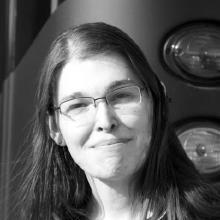
Julia Kreger
Senior Principal Software Engineer @Red Hat
Fast, Scalable, Secure: WebAssembly and the Future of Isolation
Wednesday Oct 4 / 03:55PM PDT
We have reached the limits of traditional hardware based isolation technologies such as virtual machines, containers, and processes.
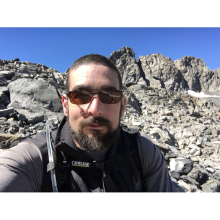
Tal Garfinkel
Research Scientist @UC San Diego
